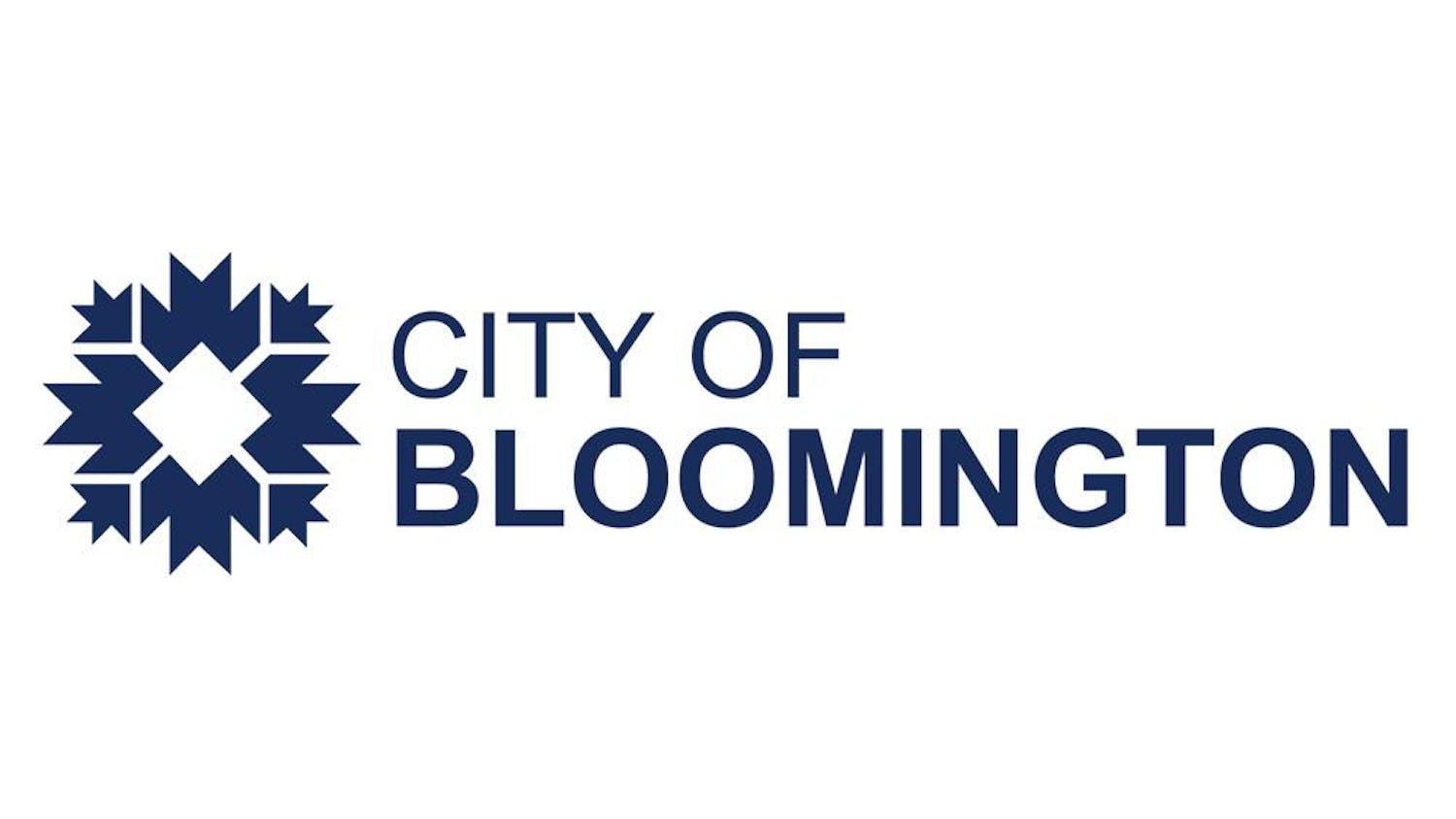Let us continue last week's discussion of my platform for governor by considering Indiana's environment.\nI agree with other candidates who realize the environment and the economy are not enemies. We must protect the environment and care for it in a sustainable way, or it will mean the eventual ruin of the economy, and perhaps our health.\nGreat Rivers\nIn 1815, explorer Caleb Lownes called the Wabash, " ... a beautiful and valuable stream -- the water generally clear and transparent -- exhibiting a clean gravelly bottom. It abounds with fish of various kinds."\nAlgae is the dominant life-form in the river now, choking out oxygen and hindering sport fish that feed by sight. \nThe watershed of the Wabash drains 66 percent of Indiana. About two-thirds of that land is agricultural cropland under constant cultivation.\nAbout 15 percent of the banks are treeless in the middle of the Wabash, in some places lined with "rip-rap," junk such as abandoned cars used to lessen topsoil erosion.\nWe need to reduce the nutrient flow into the river (including fertilizers, leaky septic tanks, combined sewer overflow and livestock operation runoff), increase the vegetation and find better rip-rap.\nThe USDA Wetland Reserve Program and its Conservation Reserve Program support farmers who want to establish government-owned easements to the river. Participants are encouraged to plant water-loving trees (which also cool the water, slowing algae growth), bushes and grassy buffer zones. In exchange, the farmers might harvest some timber and can lease the land for hunting, fishing and trapping.\nNo-till farming lessens soil erosion into the river. About 50 percent of the state's soybean crop and about 25 percent of the corn crop are now no-till planted. We need to encourage farmers to increase these percentages.\nWhite River has 151 wastewater treatment plants or individual companies permitted to discharge treated sewage directly into upper White River basin streams and rivers. Very few permits contain effective limits on their discharge.\nFifteen cities in the upper basin have combined sewage treatment plants that can dump untreated sewage into the river following a heavy rain, especially following dry weather. Particularly troublesome is ammonia waste, which depletes oxygen. Similar to the Wabash, White River has lost trees and wetlands that filtered run-off. \nThe environment is the economy. We have more choices than industries regulated to death or a state polluted to death.\nMerchant Peaking Power Plants \nAs governor, I'd work with the Indiana Utility Regulatory Commission to make sure peaking plants, if needed, are reasonably placed in consultation with homeowners. My primary allegiance would be to alternative sources of power and prudent conservation.\nRenewable wind, solar, geothermal and bio-mass sources can help Indiana move closer to energy self-sufficiency and a pollution-free environment. Our critical electricity peaks occur during sunny summer days, precisely the time when the sun yields its greatest energy. We need to phase in technologies that capture this energy so our homes and businesses don't run short of electricity or overburden the grid. \nFurther, our citizens and businesses need education about the latest ways they can maintain high standards of living while using less energy. Nature always conserves energy; we need to do so, as well.\nIndiana Department of Environmental Management (IDEM)\nThe IDEM needs more qualified investigators and fewer political insiders so it will prosecute water polluters properly. Present laws need to be communicated, enforced and applied. Only twice in the 1990s were maximum fines imposed; when fines are imposed, political bosses reduce them in short order. Additionally, IDEM lacks proper planning and coordination to respond to environmental disasters. \nIDEM needs the restructuring that can only happen through campaign finance reform, reducing the influence of the Indiana Chamber of Commerce, Indiana Manufacturers Association and corporate giants such as Eli Lilly. IDEM needs leadership from someone with top environmental credentials. He or she needs authority to make whatever changes are necessary to make the department accountable to the citizens of Indiana.\nLand Use\nLess than 65 percent of Indiana remains farmland. Sprawl policies need to strike a balance between economic and environmental concerns, preventing growth that outpaces population. The most important change will be intelligent, conscientious zoning and use plans, followed even in the face of well-heeled developers. Urban areas need renewal, and our cities and towns need abundant green space. \nIndianapolis and other large cities have growing traffic gridlock. To prevent this from becoming even worse, I favor light rail trains, express buses and park-and-ride options, combined with mixed-use development to reduce transit times. We should encourage bicycle paths, as well.\nFor more information, call (317) 632-VOTE, visit www.paulwilson.org or e-mail wilsonforgovernor@legislator.com. If you would like to join our e-mail list or begin a student Natural Law Party at IU, please let us know.
Environment, industry don't have to conflict
Get stories like this in your inbox
Subscribe





